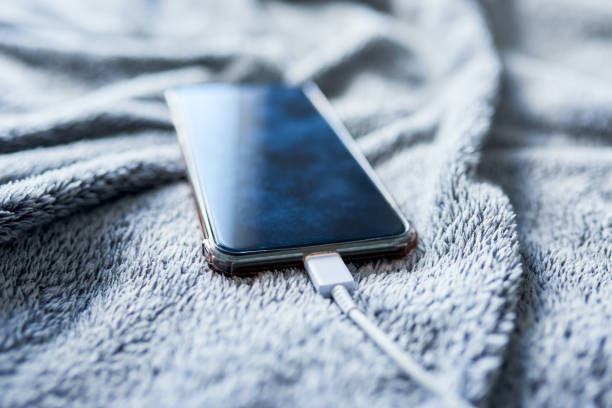HOW CAN I PREVENT MY DEVICES OR BATTERIES FROM CATCHING FIRE?
There are things that you can do to prevent an incident involving lithium-ion batteries:
- Only purchase and use devices and equipment from reputable manufacturers and suppliers.
- Only use chargers that are supplied with the equipment or device, or certified third-party charging equipment that is compatible with the battery specifications. Using chargers with incorrect power delivery (voltage and current) can cause damage to the battery including overheating that can lead to fires.
- Check that chargers bear the Regulatory Compliance Mark, to show that it has met the relevant Australian Standards under the Electrical Equipment Safety System (EESS).
- Avoid leaving batteries or devices unattended while being charged or charging overnight. Once the indicator shows that a device or battery has been fully charged, disconnect it from the charger.
- Don’t charge batteries or devices on combustible and insulating surfaces such as beds, sofas or carpet, and keep them away from highly flammable materials such as blankets, clothing, and paper.
- Never use and charge devices such as phones, tablets and e-cigarettes or vaping devices in bed, where they can overheat if you fall asleep.
- Larger batteries and equipment such as power tools and electric scooters should be charged in the garage, shed or carport away from living spaces.
- FRNSW recommends ensuring that a smoke alarm or a heat alarm (where a smoke alarm cannot be installed) is installed in areas where devices are often charged. We recommend having a licenced electrician install and interconnect mains-powered smoke alarms where possible. Check with the manufacturer or distributor to ensure device models are compatible for interconnection.
- Never store or leave batteries and devices in areas where they can be exposed to heat or moisture. Do not leave devices such as phones, computers or charging devices in direct sunlight or in parked vehicles where they can quickly heat up.
- Don’t use batteries or devices that show signs of swelling or bulging, leaking, overheating, or signs of mechanical damage (cracked, dented, punctured, or crushed).
For more information visit Fire Safe NSW.







